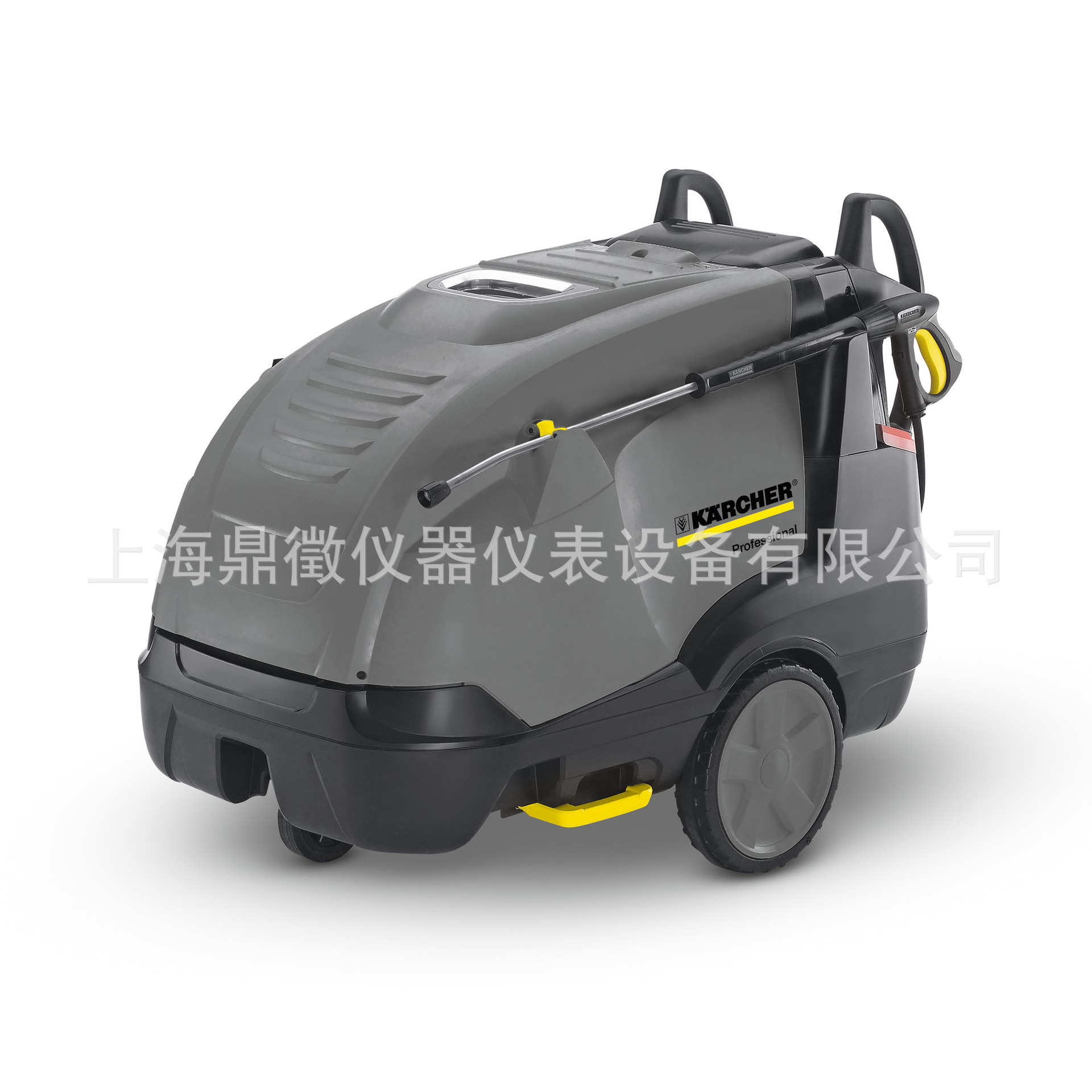|
1
|
Parameter
|
PV1503A
|
PV1503B
|
|
1
|
Preset working pressure (depending on device type and hose length)
|
(90 ± 5) bar
|
|
2
|
Outlet temperature measured 10 cm from the nozzle
|
(60 to 70) ℃
|
|
3
|
Impact pressure measured 15 cm from the nozzle at an angle of 90°
|
(19 ± 2) N
|
|
4
|
Nozzle type depending on device manufacturer
|
Spraying Systems TP2505 EG NIFAB 2506
|
|
5
|
Distance from nozzle to specimen = 15 cm
|
To be used for paint coatings of any type on plastic and l on the exterior of the vehicle (requirements according to Technical Supply Specification).
|
|
6
|
Distance from nozzle to specimen = 5 cm
|
|
To be used for low-temperature paint coating (e.g. 90 °C) on all substrates, see No. 12 for control limit, paint flakes
|
|
7
|
Distance from nozzle to specimen = 2 cm
|
|
To be used for high-temperature paint coating (140°C); control limit and requirement as for No. 6.
|
|
8
|
Angle of jet
|
45°
|
90°
|
|
9
|
Duration of spraying
|
Spraying acc. to Figure 1
|
1 x 20 s, slight swinging movement, even spraying above the point of intersection of the St. Andrew's cross.
|
|
10
|
Nozzle alignment
|
Along the intersecting legs of the St. Andrew's cross
|
Point of intersection of the St. Andrew's cross on the specimen
|
|
11
|
Spray pattern (check of the setting parameters)
|
Material to be used: Styroform RTM from Stadur-Süd GmbH, procedure according to 3.4.1
|
|
12
|
Control limit
|
Paint flakes ≥ 3 mm² and an acceptable test result at 15 cm (distance from nozzle to specimen) indicate a test result that is still acceptable. However, the paint adhesion of the specimen must be optimized and the specimen must be resubmitted.
|




